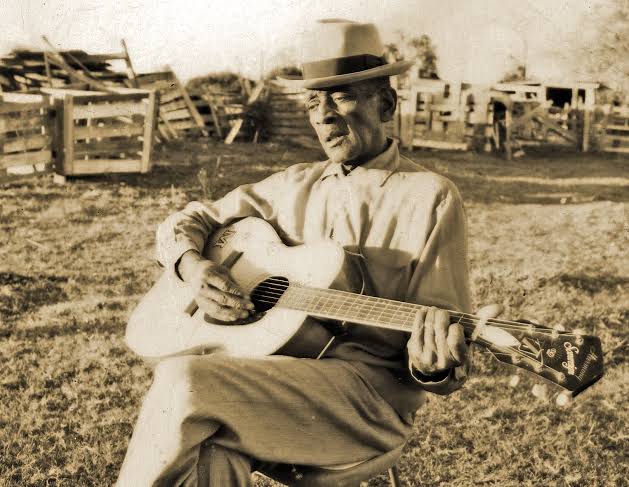Mance Lipscomb was a Texas bluesman unlike any other. Born in 1895 in Navasota, Texas, he was a self-taught guitarist and singer whose music blended blues, ragtime, folk, and traditional ballads. Lipscomb described himself not as a blues singer but as a “songster”—a performer of many styles and stories. Though he didn’t record until he was in his sixties, his music captured the heart of the American folk and blues revival of the 1960s. Here are five of his best songs that showcase his unique style, warm voice, and masterful fingerpicking guitar work.
1. Sugar Babe
“Sugar Babe” is perhaps Mance Lipscomb’s most iconic recording. It’s a traditional tune he learned in his youth and made entirely his own. With its repetitive, hypnotic guitar rhythm and sweetly plaintive vocals, the song exemplifies his “dead thumb” fingerpicking style—where the thumb keeps a steady bass line while the fingers dance above it. Lipscomb’s relaxed delivery gives “Sugar Babe” a timeless feel, evoking front porch nights and deep Southern roots.
2. Trouble in Mind
A blues standard sung by many, “Trouble in Mind” becomes something special in Lipscomb’s hands. His version is deeply personal, with a slow tempo and an emotional depth that turns the song from a lament into a quiet moment of resilience. His smooth voice and subtle guitar phrasing bring out the song’s underlying hope, making it one of the most moving renditions of the classic.
3. Baby Please Don’t Go
Lipscomb’s take on “Baby Please Don’t Go” is raw and rhythmic, highlighting his skill as a solo performer who could drive a groove without the need for a band. He strips the song down to its essence—voice and guitar—while maintaining its haunting urgency. Unlike the electrified versions popularized by later blues and rock musicians, Lipscomb’s acoustic version is intimate and intense.
4. Night Time Is the Right Time
Another standout in his repertoire, “Night Time Is the Right Time” is delivered with sly humor and a laid-back swing. His fingerpicking is particularly elegant here, dancing between the melody and rhythm with finesse. The song feels both flirtatious and familiar, a testament to Lipscomb’s ability to connect with his audience through simple, heartfelt performance.
5. So Different Blues
This lesser-known track showcases the depth of Lipscomb’s songwriting. “So Different Blues” is mournful and introspective, with lyrics that reflect loss, longing, and the complexity of life. His vocal phrasing adds layers of meaning to the already poignant words, and the guitar accompaniment, though simple, is perfectly suited to the tone. It’s a song that invites listeners to sit quietly and listen closely.
Final Thoughts
Mance Lipscomb’s music is a bridge between generations—a living connection to older African American musical traditions that he preserved and passed on through his performances and recordings. He didn’t seek fame, but his authentic voice and gentle wisdom earned him a lasting place in American music history. If you’re new to Lipscomb’s music, these five songs are the perfect place to begin.

No responses yet